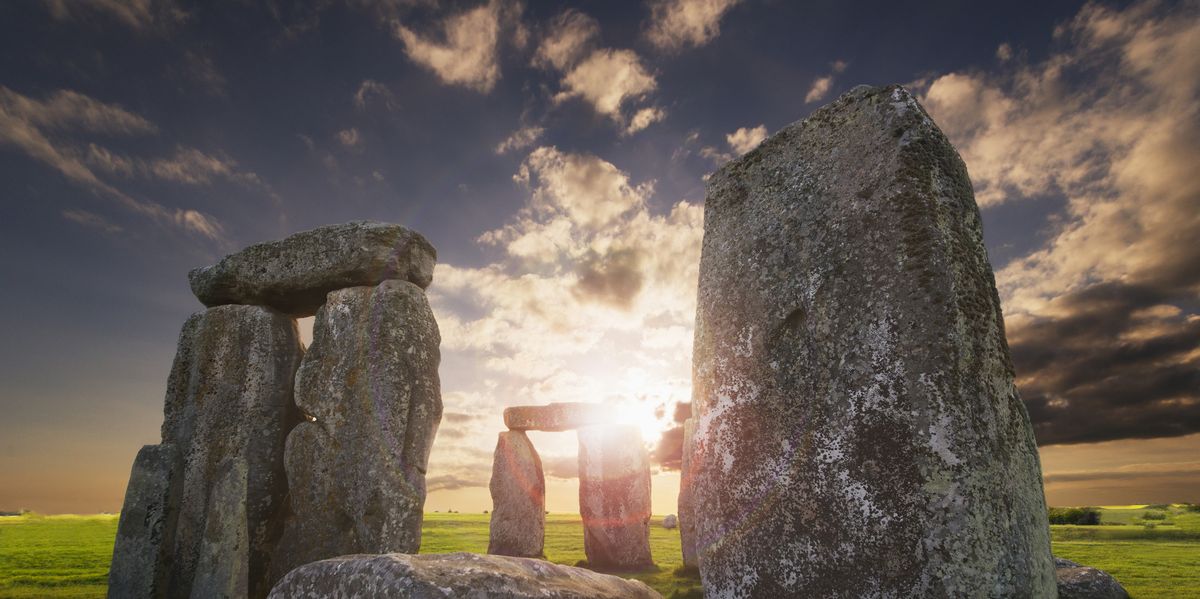Stonehenge hasn’t given up all its mysteries just yet, even though scientists are working to cut them away one by one. The latest scientific effort has been pointed towards identifying the origin of a pair of unidentified sarsen stones—numbers 26 and 160—that don’t neatly fall into past identification efforts.
The results may stretch our understanding of Stonehenge a bit—76 miles southeast, to be more precise.
In a new study published in the Journal of Archaeological Science: Reports, researchers employed X-ray fluorescence spectrometry and inductively coupled plasma mass spectrometry to analyze the chemical composition of 54 sarsen stone fragments culled from the 5,000-year-old site. This allowed the team to show that stones located at England’s Stonehenge have a more diverse provenance than previously believed.
Over the past few years, scientists have traced the origins of many of the remaining 52 stones at the site. These stones fall into a variety of differing categories, some grouped together and others standing solitary. The bluestones of the inner circle come from the Preseli Hills in Wales, and a variety of the sarsen stones (made of silcrete sandstone) were traced in 2020 to roughly 19 miles from Stonehenge. That site, known as West Woods and located in the southeast Marlborough Downs, was a key source of stone for Neolithic people—both because of the widely available supply and natural access points.
But not all the sarsen stones were linked to West Woods, and stones 26 and 160 remained mysterious. Plus, some original Stonehenge stones no longer reside at the site, making tracing quite tricky.
The team looked to find a match for the non-West Woods stones by investigating sarsen debris that had been excavated from Stonehenge trenches in 2008. While much of the debris did tie to the Marlborough Downs area—which includes West Woods, Monkton Down, and Totterdown Wood—the team also matched some debris to Bramdean, Hampshire (31 miles away) and Stoney Wish in East Sussex (76.4 miles to the southeast).
…
“It is also possible that the analyzed fragments were pieces of saccharoid sarsen hammerstones of their pre-forms, or small blocks brought on-site for ceremonial or non-ceremonial purposes,” the authors wrote.
All the team can know for sure is that not all the fragments originated in the West Woods. While the findings answer some questions, they are far from the last word when it comes to understanding Stonehenge.


